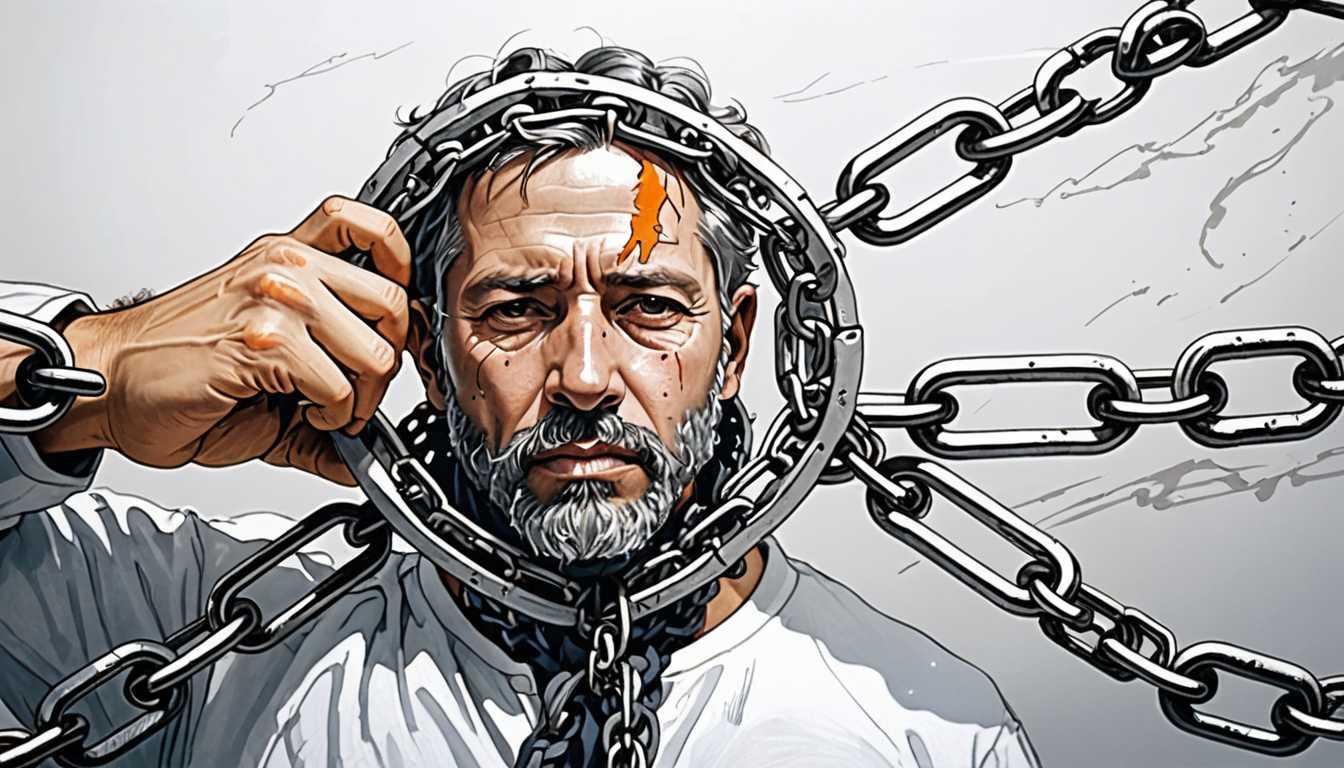Opioid Misuse: The Hidden Pain Epidemic
August 2024
University of Bristol
Introduction
Hey there, future scholars! Did you know that nearly 1 in 10 chronic pain patients on prescription opioids may develop a dependence? A recent deep dive by researchers at the University of Bristol reveals alarming insights about opioid misuse and addiction. Published in Addiction, this study reviewed over 148 studies involving 4.3 million patients, uncovering that nearly 1 in 3 show signs of dependence! It’s time to swap those myths for facts—check out the article to explore the reality behind prescription painkillers!
READ FULL ARTICLEWhy It Matters
Discover how this topic shapes your world and future
Unraveling the Opioid Puzzle
Understanding the issue of opioid dependence is crucial for everyone, especially as it impacts millions of people globally. This new study reveals that almost 10% of adults using prescription opioids for chronic pain may develop a dependence on these medications, which is significantly higher than earlier estimates. This matters because opioid misuse can lead to serious health issues, including addiction and even overdose. As future leaders, your awareness of these issues can help shape how society addresses drug use, healthcare policies, and support systems. Imagine the difference you could make by being informed and advocating for healthier approaches to pain management, not just for yourself, but for your friends and family too!
Speak like a Scholar
Opioid Dependence
A condition where a person feels a strong need to use opioid drugs, often leading to harmful consequences.
Opioid Use Disorder
A medical diagnosis that refers to a problematic pattern of opioid use, which can include cravings and withdrawal symptoms.
Prevalence
A term that describes how common something is within a population, in this case, it refers to how many people are affected by opioid misuse.
Aberrant Behavior
Actions that are unusual or concerning, often related to misuse of medication, such as seeking early refills or losing prescriptions frequently.
Chronic Pain
Ongoing pain that lasts longer than three months, often affecting daily life and requiring long-term treatment.
Intervention
Steps taken to improve a situation, such as programs or treatments designed to help individuals struggling with drug dependence.
Independent Research Ideas
The Impact of Education on Opioid Awareness
Investigate how knowledge about opioids in schools can shape students' attitudes toward pain management and drug use.
Comparative Analysis of Pain Management Strategies
Explore different methods of managing chronic pain across cultures and their effectiveness in reducing opioid prescriptions.
The Role of Technology in Monitoring Opioid Use
Examine how apps and digital tools can help track medication use and prevent dependence.
Understanding the Psychology of Addiction
Dive into how psychological factors contribute to opioid dependence and what strategies can help people overcome addiction.
Policy Changes and Their Effects on Opioid Prescribing
Research recent changes in healthcare policies regarding opioid prescriptions and analyze their impact on patient outcomes and addiction rates.
Related Articles

Rising Child Mortality: A Post-Pandemic Reality
January 2025
U of Bristol Research news

Boosting Diversity in Cancer Trials
July 2024
Cornell News Highlights

Seeing Each Other: The Impact of Illness
October 2024
King's College London - News

Nursing: Heroes in Adult Social Care
May 2024
King's College London - News

Tobacco Tactics: The Ongoing Fight for Health
December 2024
Harvard Gazette